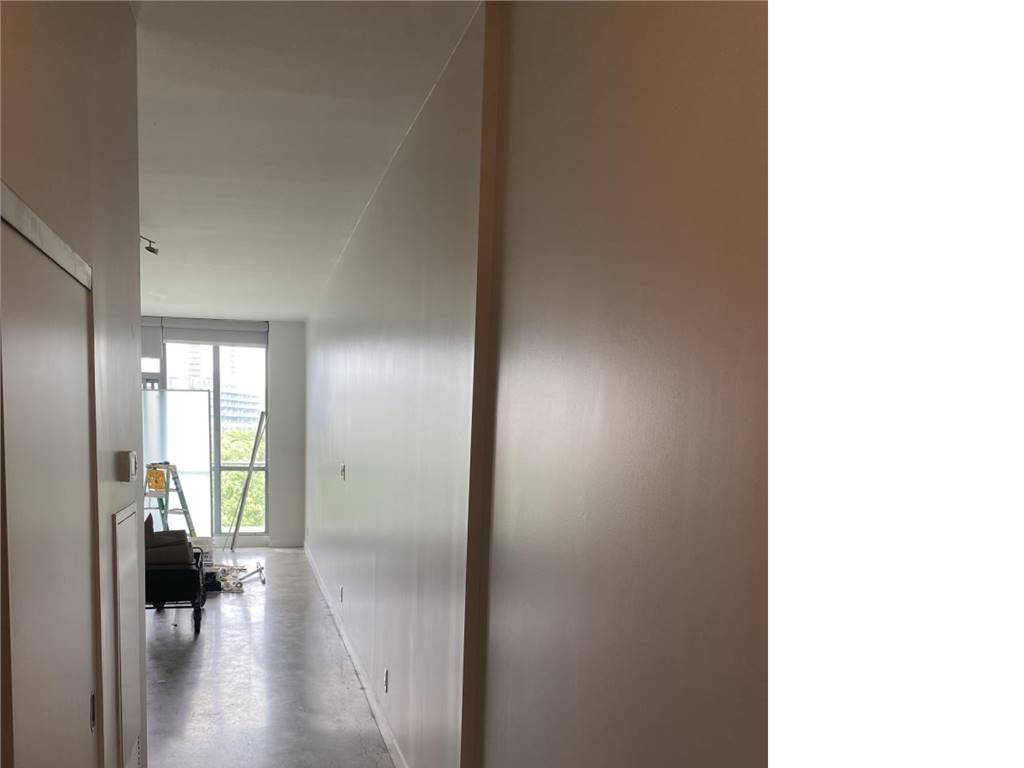
Tips For Eco-Friendly House Painting
House painting can be a great way to improve the look and feel of your home, but it can also be a major source of pollution. In this blog post, we'll give you some tips for eco-friendly house painting that will help reduce the amount of toxic chemicals released into the environment. Thanks for reading!
What Does "Eco-Friendly" Mean?
The "Eco-Friendly" tag is used to mark questions or answers about environmentalism, green living, and sustainability.
The word "eco-friendly" is often used to describe products or activities that are believed to cause little or no harm to the environment. While there is no single definition of what constitutes eco-friendliness, there are some general guidelines that can be followed. For instance, eco-friendly products typically do not contain harmful chemicals, use less energy and water than traditional counterparts, and generate minimal waste. Furthermore, eco-friendly businesses often take measures to reduce their carbon footprint and support sustainable practices.
Things to Consider If You Want Eco-Friendly House Painting
There are a few things to keep in mind when looking for eco-friendly house painting:
1. Look for paints that are low in VOCs (volatile organic compounds).
Low-VOC paints help with being eco-friendly by emitting lower levels of volatile organic compounds into the air. Volatile organic compounds can cause adverse health effects, so using low-VOC paints helps reduce your exposure to these harmful chemicals. Additionally, low-VOC paints can help improve air quality in indoor environments, which is beneficial for both your health and the environment.
2. Consider paints made with natural ingredients like plant pigments and clays.
There are a few ways that using paints made with natural ingredients helps with being eco-friendly. For one, natural paints don't contain any harsh chemicals or toxic fumes, so they're safer to use and less harmful to the environment. In addition, they're biodegradable, so they won't leave behind any harmful toxins when they're eventually disposed of. And finally, natural paints are made with plant-based materials, and they do not pollute the environment that much when being produced.
3. Choose a paint company that uses sustainable practices.
There are a few reasons why choosing an eco-friendly painting company is important. First, traditional painting methods can release toxins and pollutants into the air, water, and soil. These harmful chemicals can cause respiratory problems, skin irritations, and other health issues. By using eco-friendly practices, a painting company can help reduce these risks.
Second, many eco-friendly painting companies use low- or zero-VOC paints. VOCs (volatile organic compounds) are released into the air as paint dries and can be harmful to both humans and the environment. Low-VOC or zero-VOC paints don't contain these harmful chemicals, making them a safer option for your home or office.
Also, there are a few reasons why choosing a paint company that uses recycled items is important. First, it helps to protect the environment. When items are recycled, they don't end up in landfills where they take up space and release harmful chemicals into the ground. Second, recycling helps to conserve resources. It takes less energy and water to recycle materials than it does to create new products from scratch. Using recycled materials also reduces emissions of greenhouse gases and other pollutants. Third, buying recycled products supports companies that are committed to environmental responsibility. By doing so, you encourage them to continue their efforts and perhaps even expand their programs. Finally, using recycled products often saves money. So there are really no downside advantages to using a paint company that uses recycled materials to produce their products.
4. Ask about the paint's toxicity rating.
The toxicity of a paint is an important consideration when trying to be eco-friendly because paints that contain harmful chemicals can have negative environmental consequences. For example, paints that contain volatile organic compounds (VOCs) can release harmful gases into the air, and those gases can contribute to smog and climate change.
It's important to ask about a paint's toxicity rating because not all paints are created equal. Some paints are safer for the environment than others, so it's important to choose the right paint for the job. By choosing a paint that has a low toxicity rating, you can help reduce your impact on the environment and make your home more eco-friendly.



